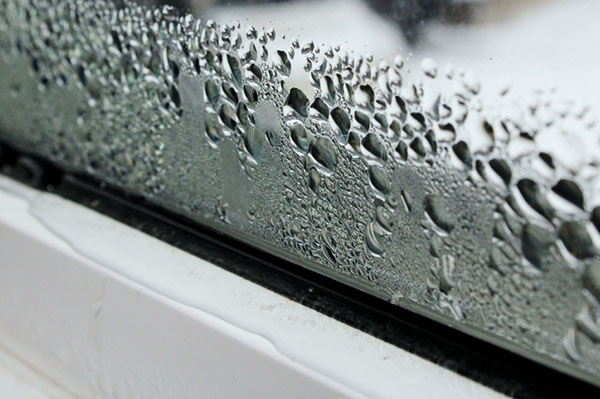Gullwing Doors: The Downside to Doors that Go Up Explained for Those in Auto Body Repair Courses

However, the physics behind the design mean that cars with this type of door often need to receive special treatment during auto body repair. Read on to find out why there’s a downside to gullwing doors.
Pros with a Career in Auto Body Repair Often See Gullwing Doors on Rare Vehicles
As it stands, the decision to produce vehicles complete with gullwing designs has been confined to a tiny percentage of produced vehicles. Beginning with the very first true “gullwing” design on the Mercedes-Benz 300SL in 1954, only a handful of vehicles have gone on to full production with this kind of door type. This means that, almost by definition, a professional performing body work on a car with gullwing doors is most likely dealing with either a classic or high-end vehicle.
Even more recent vehicles with this feature have almost uniformly been premium sports cars, such as the cell-powered Quant F. This means that more hard-to-find materials could be part of any repair process involving gullwing doors.
Be Prepared for Some Height and Reach Issues
If you are working towards becoming an auto body technician, you will need to frequently work on vehicle door panels. Often, this is a far more involved process on a gullwing door. First, sufficient clearance, and a lack of obstruction from the likes of nearby vehicle lifts, should be double-checked before opening the doors. Sufficient attention will also have to be paid to any hydraulic or torsion systems present in the vehicle, ensuring that these are not triggered or lose pressure in any way to endanger the professional working on the doors.
Additionally, the upside down nature of the doors (while open) means that professionals working on them will need to orient themselves a little differently. Finally, a common gullwing issue, that of not being able to reach the door handle while seated, is something that any professional re-parking or test driving the vehicle should bear in mind—with a makeshift pull strap often being a good solution.
Grads of Auto Body Repair Courses Know Sealing and Safety Issues Are Built Into Gullwing Designs
When the edge of the main vehicle compartment ends along the horizontal roof of the car, as is often the case with gullwing designs, it simply makes it a lot easier for rain and other precipitation to find its way inside. Given that settled snow or water will also often sit right on the door seal, even the smallest opening will result in gravity pulling moisture into the car. This means that professionals with a career in auto body repair will need to pay special attention when fixing weather stripping in the often unfamiliar terrain of the gullwing door.

Additionally, when it comes to the engineering challenge of raising doors in the air, car makers have sought to combat this issue by using lighter materials for gullwing door designs. This often results in lower scores for collision safety, and underlines how workers carrying out repairs need to ensure full integrity and maximum robustness while performing repairs or replacing panels.
Do you want to learn more insider information regarding auto repair?
Contact Automotive Training Centres today and learn how auto body repair courses could form the bridge to a rewarding career.

